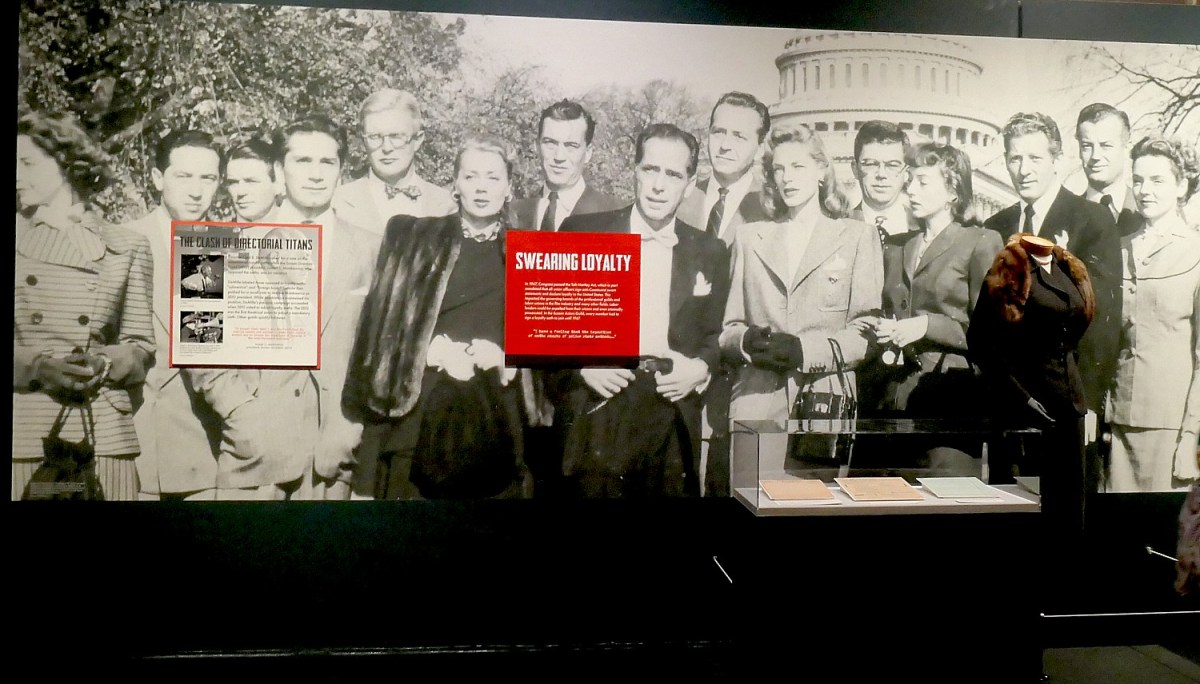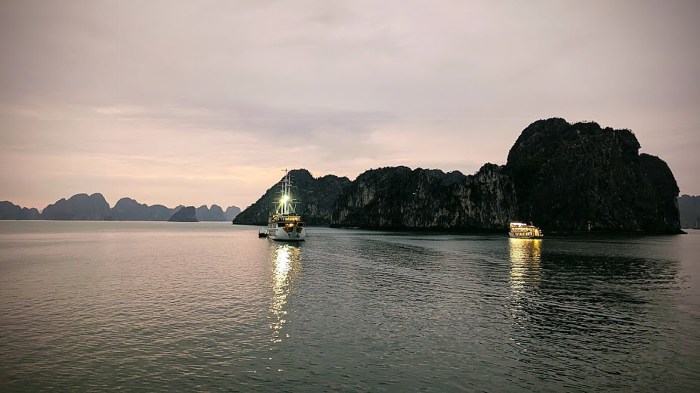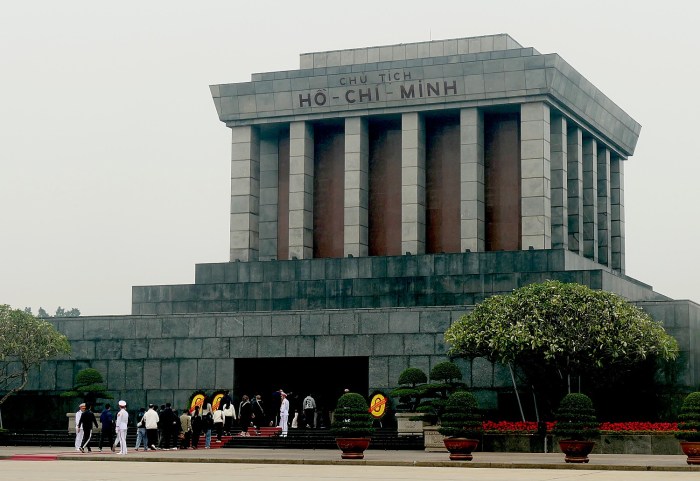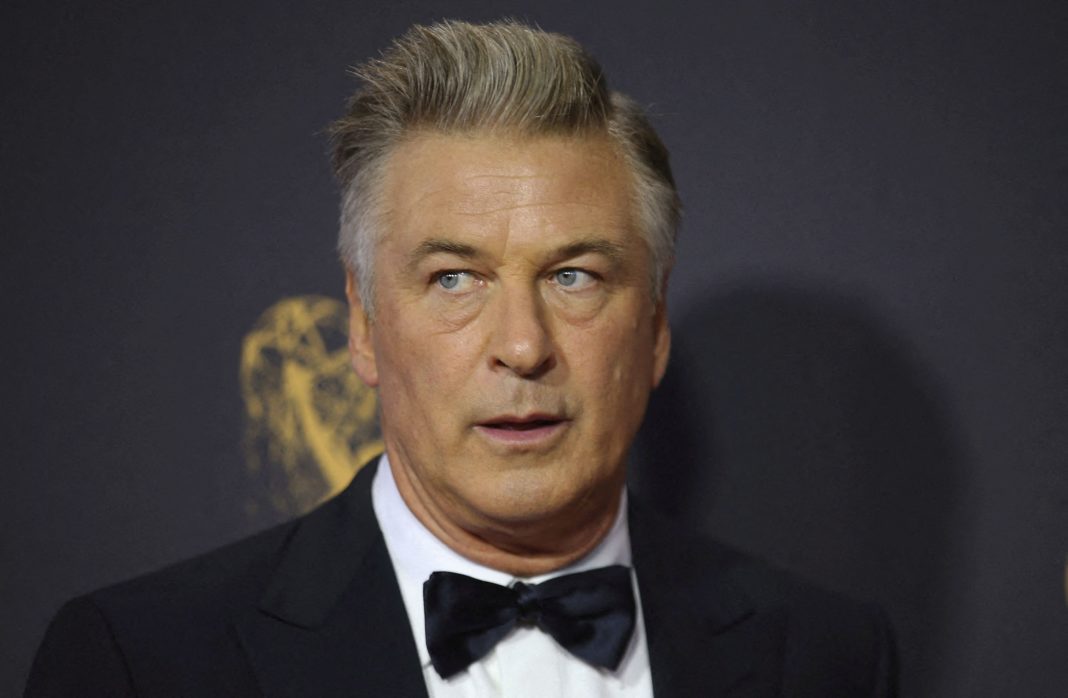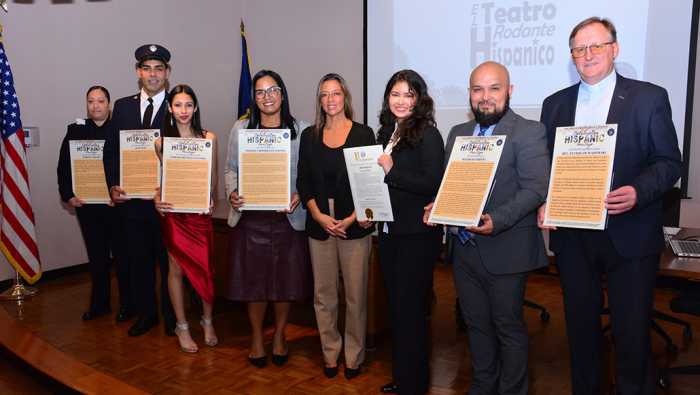By Karen Rubin, Travel Features Syndicate, goingplacesfarandnear.com
Get out of the heat this summer and feel your blood boil – come to The New York Historical’s new exhibit, “Blacklisted: An American Story” and be horrified when you recognize that the assault on free speech, free association, free press, democracy, due process and Rule of Law happening today has happened before in the United States, and not all that long ago.
The intersection of politics, art, and culture that shaped America’s Red Scare is showcased in Blacklisted: An American Story, a traveling exhibit created by the Jewish Museum Milwaukee, on view at the New York Historical through October 19. Expanded by The Historical, the exhibition builds on the story of the Red Scare and the blacklisting of screenwriters and directors known as the Hollywood Ten, along with countless others who were impacted. Blacklisted shows how global politics and concerns over the Cold War were used to justify antisemitic, racist and anti-worker crackdowns domestically, and how the government crushed artistic expression in the 1940s and 1950s to reverse social justice movements simply by branding everything and anyone “Communist.”

“Our aim with Blacklisted is to prompt visitors to think deeply about democracy and their role in it,” stated Dr. Louise Mirrer, president and CEO of The New York Historical. “The exhibition tackles fundamental issues like freedom of speech, religion, and association, inviting reflection on how our past informs today’s cultural and political climate.”
When the exhibit was first developed in 2016 by the Jewish Museum Milwaukee and opened in 2018, “no one could have anticipated” how uncomfortably close to what is taking place in the United States today, with book bans, loyalty oaths, people seized from the street by masked men without badges or warrant, shutting down of research and education, and the attacks – a la Cultural Revolution – on academics, scientists, intellectuals, lawyers and journalists, while political violence and terror is allowed to surge.
“We also couldn’t have anticipated the rise of antisemitism now, as then,” Mirrer said at the opening reception. “This is an uncannily timely and meaningful show that hopes to teach about courage and American traditions, and how precious our democracy is.” She said she hoped the exhibition would spark “discourse as we think about who we are as Americans. History has power to change lives.”

The exhibit, which makes starkly clear the connection between the “anti-Communist” crusade and the link with antisemitism, racism and anti-unionism, generated some revelations for the Jewish Museum Milwaukee exhibit curator Ellie Gettinger, who we met at an opening reception at New York Historical in front of the section noting the Blacklist never actually ended, it just gradually faded into disuse.
“People think the Red Scare was McCarthy, but we showed it was not one individual, it was so many – in government, in industry, so many throughout American society,” Gettinger said. Why weren’t the people who were persecuted protected by the First Amendment? “Because it wasn’t the government doing the blacklisting. It was the industry. Even the Hollywood studios controlled by Jews.”

She reflected, “In 2018, so many were shocked [by the exhibit and parallels to today]. People are really disturbed now, feeling politically impotent and overwhelmed. We have to keep fighting.”
Just as today, a culture that engendered empathy, compassion and understanding of others became the enemy of those who wanted to keep power and profit. It is no accident that Trump and the MAGAs have effectively rendered illegal so-called DEI (diversity, equity, inclusion) and CRT (critical race theory) in school curricula, admissions and hiring, going after academia, corporations, research institutions, legal firms, and media.
The Blacklist was largely antisemitic because Eastern European immigrant Jews were social justice activists at their core, were identified with Bolshevik Russia, and were considered the rabble rousers for workers rights, union rights, civil rights and voting rights. Jewish immigrants led the formation of the International Ladies’ Garment Workers’ Union (ILGWU), in 1900, organizing major strikes in 1909 and 1910 and reaction to the Triangle Shirtwaist Factory fire in 1911 which lead to better wages, working hours, and safety standards for garment workers and advocated for social needs, educational opportunities and health services – issues that then as now were branded “communist.”
“The Blacklist flourished when political and corporate interests superseded First Amendment rights. Freedoms of speech, association and assembly – all protected under the First Amendment – became casualties. Each of the three branches of government – executive, legislative and judicial-prioritized national security over civil liberties. Their actions exposed the dangers of unchecked political power in the US. Numerous industries purged employees suspected of being sympathetic to communism. Hundreds of people lost their jobs, and thousands stood by silently, afraid of jeopardizing future employment.
“Supporters and critics of the Blacklist both claimed they were fulfilling their patriotic duty. The Hollywood Blacklist shaped the nation’s political and cultural landscape for decades to come.”
The parallels to today are terrifying – including the capitulation of media moguls like Mark Zuckerberg (Facebook), Jeff Bezos (Washington Post); Shari Redstone (who controls CBS) and Robert Iger (CEO of The Walt Disney Company, which owns ABC).

The Blacklist impacted, even destroyed lives but also society in its quest to assert White Christo Fascist cultural foundation (they could call it whatever they like, but that’s what it was).
We meet Julie Garfield in front of the portrait of her father, John Garfield, she lent to the exhibit, an acclaimed, dashing Hollywood leading man who starred in such patriotic films as “Pride of the Marines” (the uniform he wore in that movie is on display). She wrote her father’s blacklisting “killed him, it really killed him. He was under unbelievable stress. Phones were being tapped. He was being followed by the FBI. He hadn’t worked in 18 months. He was finally supposed to do ‘Golden Boy’ on CBS with Kim Stanley. They did one scene. And then CBS cancelled it. He died a day or two later.”

There is a list of those who “whether by heart attack or suicide, all were killed by the relentless pressures of inquisition,” wrote Alvah Bessie, screenwriter and one of the Hollywood Ten.
Blacklisted features more than 150 artifacts, including historical newspaper articles, film clips, testimony footage, telegrams, playbills, court documents, film costumes, movie posters, scripts, and artwork.
Among the personal objects on view are Blacklisted screenwriter Dalton Trumbo’s Academy Award Oscars for Roman Holiday— originally awarded only to co-writer Ian McLellan Hunter since Trumbo was prohibited from working in film under his own name—and The Brave One, awarded to the fictitious Robert Rich (one of his pseudonyms). Trumbo finally received his Oscar for “The Brave One” in 1975, 20 years after it had been awarded and his wife, Cleo Trumbo, accepted his Oscar for “Roman Holiday” posthumously in 1993, 40 years after the film’s release.
Also on view is Lauren Bacall’s costume from How to Marry a Millionaire, a 1953 film released during the height of the Blacklist. Bacall was one of the founding members of the Committee for the First Amendment, which initially supported the Hollywood Ten. Unlike other committee members, Bacall was able to work steadily until her death.
The exhibit draws clear connections between antisemitism and racism at the heart of the “Red Scare” “The House Committee on Un-American Activities (HUAC) included avowed segregationists and antisemites, with the larger objective of “the preservation of the established social order disrupted by New Deal initiatives and World War II,” On display is a pamphlet, “Today…Hollywood. Tomorrow…the Whole Country.”
“HUAC members Rep. John Rankin (D-Mississippi) and Rep. John S.Wood (D-Georgia) advanced a reactionary white supremist agenda.” Rankin defended the Ku Klux Klan’s racial violence and terror, asserting “the KKK is an old American institution.” Wood added “threats and intimidations of the Klan are an old American custom, like illegal whiskey-making.”
But the Red Scare did not begin in the post World-War II era with fear of the Soviet Union getting the nuclear bomb. The first Red Scare came after World War I (simultaneous with the Bolshevik Revolution in Russia), with a crackdown on immigrants and political dissidents. The Espionage Act of 1917 became the basis for censoring publications; a year later, the Sedition Act made it illegal to speak or write about the US government with “contempt, scorn or disrepute” – legislation the Trump administration is drawing upon to deport migrants and quash dissent.
In 1919 and 1920, the crackdown on dissent and free speech intensified (note: the war had already ended in 1918) and was used the power to go after union organizers and those upholding workers rights, many of whom were Eastern European Jewish immigrants. Attorney General A. Mitchell Palmer authorized federal raids of labor and “radical” organizations, arresting more than 5,000 and deporting hundreds of immigrant activists, including Emma Goldman.
We associate the era with Senator Joseph McCarthy, but as the exhibit points out, McCarthy “was only one of many who used the politics of Red-baiting to gain political leverage and power.” (McCarthy’s claim to fame was his crusade to root out alleged communists in the State Department, but he actually had little to do with the Hollywood blacklist.)
The creatives who became known as the Hollywood Ten were largely successful film industry people. During World War II, each contributed to the war effort in meaningful ways, developing films that combined patriotic plots with a social conscience such as “Tender Comrades” written by Dalton Trumbo; “Pride of the Marines,” written by Albert Maltz and starting John Garfield; and ‘Crossfire,” produced by Adrian Scott and directed by Edward Dmytryk. But all 10 had at some point been members of the Communist Party of the USA (CPUSA) because of its advocacy of workers’ rights and social justice. The list included Alvah Bessie, Herbert Biberman, Lester Cole, Ring Lardner Jr., John Howard Lawson, Samuel Ornitz, and Adrian Scott in addition to Dmytryk, Maltz and Trumbo.
The Hollywood Ten were found in contempt of Congress for refusing to answer questions, and sentenced to prison for up to one year. The claim of First Amendment protection was rejected by the lower court and by the time their case reached the Supreme Court, two liberal members died and the Court declined to hear their case.
“Guilty until proven innocent,” one section proclaims unnervingly in light of today’s events, as we see people being rounded up by masked goons and thrown into jails or deported to third countries without the ability to prove their innocence or exercise the Constitution’s right to due process. “The role of hearsay and the assumption of guilt in the hearings became central to the ongoing operation of the Hollywood Blacklist throughout the 1950s…HUAC’s targets had no recourse, they could not sue for libel or challenge the damage to their reputations and livelihoods.” They were even blacklisted if they asserted their Fifth Amendment right.
It is shocking to see films that were tagged for blacklisting:

“The Best Years of Our Lives” that won seven Academy Awards was blacklisted, prompting Gene Kelly to write, “Were you subverted by it? Did it make you Un-American?” The FBI analysis drew upon producer Cecil B. Demille’s assessment that “this picture portrayed the ‘upper class in a bad light.’” The FBI noted, “The banker was portrayed as a mean, avaricious individual,” and that the film contained communist propaganda and “subversive half-truths.”

Imagine, “It’s a Wonderful Life,” was deemed “subversive!” “This picture represents a rather obvious attempt to discredit bankers,” the FBI analysis stated.

Best picture winner “Gentleman’s Agreement,“ starring Gregory Peck, Dorothy McGuire and John Garfield, in which Peck plays a journalist who poses as a Jew to expose antisemitism, was blacklisted. It’s blacklist connections included Director Elia Kazan (who named names), and blacklisted actors John Garfield (who was actually Jewish) and Anne Revere. It ran afoul, the FBI analysis claimed, because “A Police Lieutenant is party to antisemitism and as such is subjected to much criticism…This was a deliberate effort to discredit law enforcement.”

“Pride of the Marines” was blacklisted for screenwriter Albert Maltz and actor John Garfield. The FBi Analysis noted “’Maltz’ had the actors say everything possible to ‘provoke doubts’ concerning representative government and free enterprise; they accused employers of everything from racial prejudice to a conspiracy to scuttle the GI Bill of Rights.”
Even “High Noon,” starring Gary Cooper who won Best Actor, was blacklisted because its screenwriter, Carl Foreman, “invoked his privilege under the Fifth Amendment… in connection with this Communist affiliations.”
This being New York City, the New York Historical put its own stamp on the exhibit with a reference to the 1920s anti-immigrant (antisemitic) Palmer raids and Emma Goldman’s deportation, and a whole section on New York Theater and the Blacklist, in which it is shown that the city’s theater community pushed back.

“Broadway and the theater became a vital space for creative expression and social commentary. Though many Blacklisted artists still struggled financially, theater became an indispensable source of employment for those barred from movies and television. Some also performed for receptive audiences at labor unions, local synagogues, and community organizations across New York City.”
Playwright Arthur Miller, so famous for his Tony Award-winning play, ”The Crucible,” in which the Salem witch trials were a metaphor for McCarthyism, wrote, “We are at times ruled by the collective fear of each other and of those who may take away our rights and persecute us.”
Broadway and the broader theater community, we learn, never adopted a formal Blacklist. The labor union Actors Equity Association charted a different path from that the forcefully anti-communist Screen Actors Guild (SAG ). While there were anticommunist factions among the membership, Actors Equity passed a resolution in 1951 condemning the Blacklist, arguing that blacklisting “by its very nature is based on secrecy and prejudiced judgment and results in conviction by accusation.’ The following year, Actors Equity began including anti-Blacklist language in its contracts, a practice that continues to this day.”
So while there are those who look at what is happening as people are grabbed off the street by thugs without badges wearing masks, without court order or anything resembling due process, effectively guilty without the ability to prove innocence and say “this isn’t who we are as Americans,” the truth is, yes it is. There has always been this strain of bigoted, racist, sexist, anti=democratic evil, often masquerading as “religion” and “patriotism”. The task is for the forces of the “all are created equal” faction to beat it back and reestablish the civil liberties we claim make America “exceptional.”
The New York Historical, 170 Central Park West (77th Street), New York, NY 10024, 212-873-3400, nyhistory.org.
Jewish Museum: Social Activist Ben Shahn and “The Book of Esther in the Age of Rembrandt”

A brilliant companion to “Blacklisted,” is the exhibit at the Jewish Museum, Ben Shahn, On Nonconformity, who used his art for social justice in ways that are unnervingly relevant today. The 175 artworks and objects from the 1930s to the 1960s show how this prolific and progressive artist chronicled and confronted crucial issues from the Great Depression to the Vietnam War, to Civil Rights and Workers Rights. (On view through Oct. 12).

Rembrandt’s depiction of Queen Esther, is part of the “Book of Esther in the Time of Rembrandt” exhibit on view at the Jewish Museum© Karen Rubin/goingplacesfarandnear.com
Also, a phenomenal exhibit, “The Book of Esther in the Age of Rembrandt,” (on view through Aug. 10) shows how the story of Queen Esther resonated with the Dutch in this time. “The Dutch interpreted the story of Esther’s bravery as a symbol of the Netherlands’ newly won independence from Spain. Rembrandt was part of a larger cultural trend that reimagined this story for the new century, new secular art market, and new national purpose,” write Abigail Rapoport, curator of Judaica Jewish Museum, and Michele Frederick, curator of European Art, North Carolina museum of Art, Raleigh.
Jewish Museum, 1109 5th Ave &, E 92nd St, thejewishmuseum.org, (212) 423-3200; free admission on Saturday.
Anne Frank The Exhibition
If at all possible, get tickets to see Anne Frank: The Exhibition.

Anne Frank The Exhibition, on view at the Center for Jewish History through October, is the first time that the Anne Frank House presents a pioneering experience outside of Amsterdam to immerse visitors in a full-scale recreation of the Annex rooms, fully furnished, where Anne Frank, her parents and sister, and four other Jews spent two years hiding to evade Nazi capture. Four exhibition galleries immerse visitors in place and history through video, sound, photography, and animation; and more than 100 original collection items from the Anne Frank House in Amsterdam. Anne Frank The Exhibition provides an opportunity to learn about Anne Frank not as a victim but through the multifaceted lens of her life—as a girl, a writer, and a symbol of resilience and strength. Tickets at AnneFrankExhibit.org. Center for Jewish History, 15 West 16th Street, New York, cjh.org.
See: LANDMARK ANNE FRANK THE EXHIBITION IN NYC PERSONALIZES HOLOCAUST AS NEVER BEFORE
_____________________________
© 2025 Travel Features Syndicate, a division of Workstyles, Inc. All rights reserved. Visit goingplacesfarandnear.com and travelwritersmagazine.com/TravelFeaturesSyndicate/. Blogging at goingplacesnearandfar.wordpress.com and moralcompasstravel.info. Visit instagram.com/going_places_far_and_near and instagram.com/bigbackpacktraveler/ Send comments or questions to FamTravLtr@aol.com. Bluesky: @newsphotosfeatures.bsky.social X: @TravelFeatures Threads: @news_and_photo_feature




